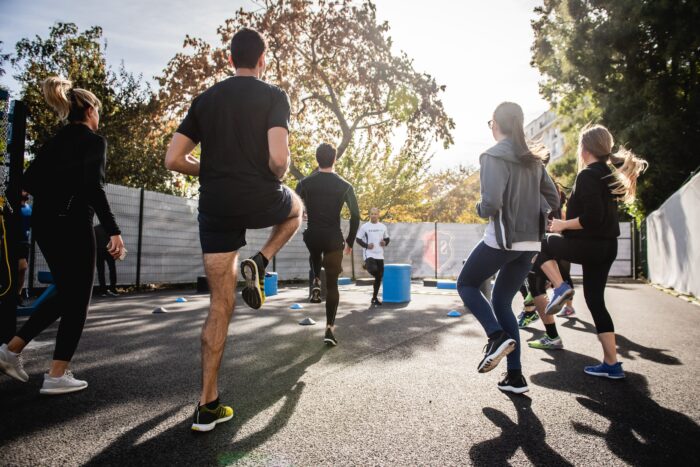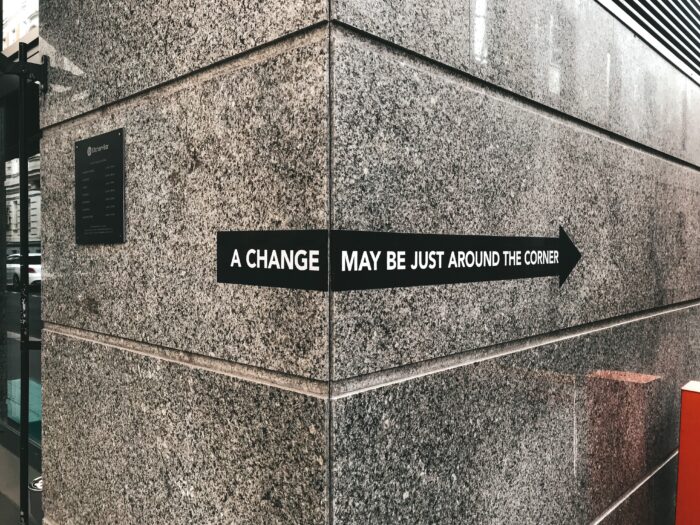Have you ever found yourself hesitant to start an exercise program? Do you ever feel that there is not enough time in your schedule to accommodate workouts? You are not alone! Many, if not all, people face barriers when it comes to exercising. Whether that be a physical limitation, mental barriers, or even scheduling issues, they all put up a wall that sometimes feels insurmountable and stops us from exercising. Even those that are already exercising face barriers and lapses. Sometimes consistency is lost, and it is tough to start the process all over again.
In this blog I am going to share a few tips on how to maximize your adherence to exercise and exercise programs to help you maximize your benefits and enjoyment.
1. Prioritize yourself

How many times have you thought to yourself “there aren’t enough hours in the day” or “there are SO many things I need to do…for everyone else.” You are not alone! The biggest favour you can do yourself is to create a schedule/calendar where you can organize all your work, tasks, deadlines, appointments, or anything else, in one place. This not only helps you better manage your time, but it serves as a visual aid that lets you see where there may be free time in your schedule, and if not, that you actually need to create something just for you. If something is important to you such as your health, or quality time with family, don’t “find” time, you “make” time – this is step one.
For people just starting out, a good initial goal is to block off a slot of time at least once a week to exercise. It does not have to be the same time each week (your schedule may not even allow that), just aim for once a week. Determine what is realistic and something you can sustainably maintain. Is it 20 minutes a day? 60 minutes, 3 times a week? 30 minutes in the day, but broken into three 10 minute chunks? From there, you can evaluate which times work best with your mood, your schedule, and your sleep, and continue exercising at those times moving forward.
Brainstorm:
Am I more likely to feel motivation in the morning or evening? Will my schedule be easier to manage before everyone starts calling and texting, or would it be better for me to set boundaries after work and prioritize myself a couple days a week? What time of day do I feel the most energized to do some kind of activity?
Look at the big picture schedule and see if there are spots where you can prioritize your self care over something that might be draining such as being on social media, or attending yet another meeting that you don’t need to be part of.
2. Get an accountability partner, or people to exercise with

Some workplaces are starting initiatives to help keep their employees healthy. There may be a lunchtime yoga or fitness class offered at your office, or there may be a nice walking trail nearby. Reach out to your coworkers and employer to see how they could support you on your fitness journey, you may be surprised at how open they are!
Accountability is a huge contributor to exercise adherence. It is one thing to be accountable to yourself, but if you are exercising with others, or have others encouraging you, you are much more likely to stick with it. Support from your family and friends goes a long way in helping you adhere to lifestyle changes.
In Vancouver, there are numerous Learn to Run programs put on to get people prepared for the Sun Run in April. While running might not be your thing, it’s just one example of something that you could find!
3. Pick an activity you enjoy doing
Once you have blocked off the time to exercise in your schedule, the last thing you want to do is dread that time! It is much easier to stick with a program or activity you enjoy than one you do not, seems self-explanatory right? However, this is a common mistake that many people make when starting to exercise. You want to look forward to your exercise time, and be excited about taking care of yourself!
There is a huge variety of activities to partake in that keep you healthy. If you are the type that likes to get your heart pumping and your body sweating, maybe crossfit or running is for you. If the former sounds like torture, then maybe you would enjoy weight-training or walking. Yoga, pilates, spin classes, kickboxing, zumba… the list goes on! There is most definitely something for everybody.
Brainstorm
Try to make a few quick lists for yourself:
- exercises/activities I’ve always wanted to do / really love doing
- exercises/activitiesI’m okay with doing
- physical activities I really don’t enjoy (and maybe why)
This will give you a template of activities to engage in to help you start your fitness journey!
It may take some trial and error in the beginning, but don’t give up. Starting something new is always the hardest part. Perhaps, you will fall in love with something that you never saw yourself doing, you never know until you try!
4. Expect lapses and don’t be too hard on yourself for it

Did you ever hear about the guy with the perfect workout schedule who never in his life missed a workout for any reason? Me neither, because a person like that does not exist. Life happens, and sometimes we just have to go with the flow. If this means missing a workout or two, THAT’S OK.
It is easy to get stuck in a rut. After missing one workout, you may feel discouraged and not want to attend the next, which starts a cycle that results in loss of adherence. Surprise surprise, you are not alone! This is a common sentiment and cycle that affects everyone. So how do you get around it?
When starting your exercise routine, be honest with yourself. Nobody is perfect, life happens and stuff comes up when you least expect it. Knowing in advance that these moments will come at some point and that you will bounce back, will set you up for success. Having the mental strength to come back after missing one or more sessions is greatly aided by the points we mentioned earlier: do something you love so that returning to it is easier, have support from others and stay accountable, and give yourself the time you need in the week to exercise.
Brainstorm
Ask yourself: What are the obstacles to my goals that could come up? This could be a busy schedule, a demanding job that requires you to stay late sometimes, or perhaps you are able
to get good momentum but then get hurt after a couple weeks. With the list of obstacle you came up with, come up with strategies to help overcome them if they happen:
Ex: My boss asks me to work late – schedule workouts in the morning. Or schedule an appointment with a trainer, so I CAN’T stay late
Ex: I always get hurt and then set back – work with a trainer or a friend that knows how to deal with injuries to check my technique or have my physio on speed dial or listen to my body
This will allow you to already have a plan in place for when the most likely things to go wrong, go wrong. With the plan, you can resolve issues faster, and stay on track without completely losing the adherence.
5. Motivation and goal setting

The last point I want to mention is your reason for exercise. Motivation can come from different places. It can be:
- Extrinsic Motivation: Motivation stems from desire to achieve an external reward or avoid punishment. Usually focused on the outcome of the activity. Ex. A focus on a desired body weight or physique that you are working towards
- Intrinsic Motivation: Motivation stems from internal rewards and enjoyment of the activity. Usually focused on the progress, and doing the activity. Ex. Taking a spin class with your friends because you love the activity and the quality time with your friends.
- A mix of both: a healthy balance of intrinsic and extrinsic motivation. Ex. Playing on a recreational hockey team because you love the sport, while also working towards the playoffs.
Numerous studies have shown that those with primarily intrinsic motivation are those that are more likely to adhere to an exercise routine. This plays into our point above about doing something you love to exercise, that’s intrinsic motivation!
Brainstorm
Think about your own personal motivators for exercise. Which are intrinsic and which are extrinsic? Do you have a balance of both?
When goals are oriented around the outcome of exercise, it can be very easy to lose motivation, and put ourselves down. Weight loss and change in physique are outcomes that can sometimes take months, depending on exercise intensity and limitations. If you are not hitting those goals in the first few weeks of starting your exercise routine (which you will most likely not), you may stop all together and perhaps blame yourself for not hitting your goals. Many people have had these experiences which present as barriers to starting exercise programs in the future.
When setting goals at the start of your exercise program, try to come up with progress goals as well as achievable outcome goals. Progress goals refer to those that you can hit as you continue your exercise program. Some examples of these are:
“I will go to the gym at least once a week”
“I will take my dog for a walk three times a week”
“I will be able to run 1km continuously by the end of the month”
Hitting these goals as you progress through the program will further encourage you to continue, and build on the goals you have already hit. This will help you adhere to the program as you can see the benefits as you continue with it.
All in all, everyone’s exercise journey is a unique one. Some of us are sprinters, others are walkers, and some of us really love that stationary bike. What we do have in common however, are certain barriers to exercise. Scheduling, finding an activity you love, lapsing, and finding the right motivation, affect us all. The take home message from this blog is that you are not alone! With a little bit of work beforehand, and the tools we just shared now under your belt, you are equipped to maximize your exercise adherence and overcome those barriers!
Happy exercising!

Author: Sarra Pirmohamed
Studying Kinesiology at Simon Fraser University, Sarra started playing sports at a very young age and has always loved competition and being active. She has been inspired to learn more about exercise physiology and rehabilitation. Sarra is a Client Care Manager and Jr. Kinesiologist at Le Physique







